10 Tips for Optimizing Core Web Vitals in Headless CMS Websites
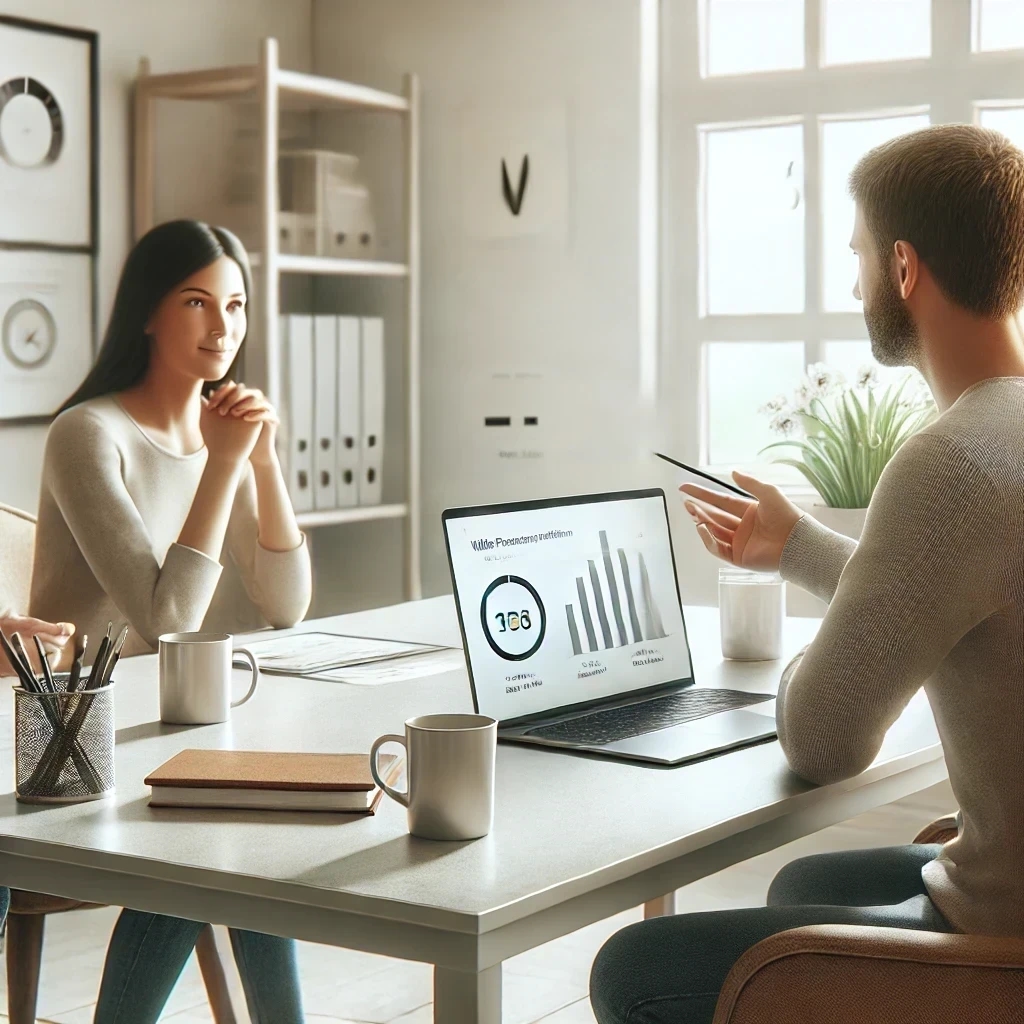
Introduction
Core Web Vitals are a crucial part of modern web performance and SEO. These metrics, developed by Google, measure the quality of user experiences on websites, impacting search rankings and audience engagement. When it comes to Headless CMS websites, optimizing Core Web Vitals can be both a challenge and an opportunity to deliver faster, more responsive sites.
In this blog, we’ll dive into the essential strategies for improving Core Web Vitals in Headless CMS-powered websites. By implementing these tips, you can enhance performance, user experience, and SEO rankings.
What Are Core Web Vitals?
Core Web Vitals focus on three key aspects of web performance:
Largest Contentful Paint (LCP): Measures loading performance. A good LCP score is under 2.5 seconds.
First Input Delay (FID): Measures interactivity. Aim for a score below 100 milliseconds.
Cumulative Layout Shift (CLS): Measures visual stability. A score under 0.1 is considered optimal.
These metrics directly influence how users perceive your site and how search engines rank it. Optimizing them is essential for any Headless CMS website.
Challenges of Optimizing Core Web Vitals in Headless CMS Websites
Headless CMS architectures separate content management from presentation, offering flexibility but introducing potential performance bottlenecks. Common challenges include inefficient API calls, large JavaScript bundles, and delayed content rendering. Identifying and addressing these issues is key to improving Core Web Vitals.
10 Tips for Optimizing Core Web Vitals
1. Use a CDN for Faster Content Delivery
Content Delivery Networks (CDNs) distribute your website’s assets across multiple servers worldwide, ensuring faster delivery to users. By reducing server response times, CDNs significantly improve LCP. Popular CDN services include Cloudflare, AWS CloudFront, and Akamai.
2. Optimize Images and Media Files
Images often account for the majority of a website’s weight. Compress images, serve them in modern formats like WebP, and use lazy loading to only load images as users scroll. Tools like ImageOptim or Headless CMS plugins can streamline this process.
3. Implement Caching Strategies
Caching reduces the need for repeated API calls, speeding up load times for returning visitors. Use edge caching with CDNs, browser caching for static assets, and server-side caching for dynamic content. This is especially effective in reducing LCP.
Caching is a game-changer for performance. Read Best Caching Strategies for Faster Headless CMS-Driven Websites to see how caching can reduce API load and improve Core Web Vitals.
4. Use Server-Side Rendering (SSR) or Static Site Generation (SSG)
SSR and SSG allow pages to be pre-rendered on the server or at build time, improving LCP and CLS scores. Frameworks like Nuxt.js and Next.js make it easier to implement SSR and SSG for Headless CMS websites.
5. Minimize Third-Party Scripts
Third-party scripts can slow down your site, negatively impacting FID and overall performance. Audit all third-party scripts and remove those that are unnecessary. Consider asynchronous loading for non-critical scripts to improve interactivity.
6. Optimize API Calls
Efficient API usage is vital in Headless CMS setups. Use GraphQL to fetch only the necessary data and avoid over-fetching or under-fetching. Implement batching and caching to reduce the number of API calls.
Overloaded APIs can slow down your site. Discover how to manage API calls efficiently in Common Headless CMS Integration Mistakes (and How to Avoid Them).
7. Reduce JavaScript Bundle Size
Large JavaScript bundles delay loading and interactivity. Use tree-shaking to remove unused code, code splitting to break up large bundles, and tools like Webpack to optimize builds. Aim to deliver only what is necessary for each page.
8. Prioritize Critical CSS and Preload Key Assets
Reduce render-blocking resources by prioritizing critical CSS. Preload fonts and other key assets to ensure they are available when needed. This technique improves LCP and ensures faster rendering of above-the-fold content.
9. Regularly Monitor Performance Metrics
Use tools like Google PageSpeed Insights, Lighthouse, and Web Vitals to monitor your site’s performance. Regular testing helps identify bottlenecks and track improvements over time. Incorporating performance monitoring into your CI/CD pipelines ensures ongoing optimization.
10. Collaborate Across Teams
Optimizing Core Web Vitals requires collaboration between developers, designers, and content creators. Developers should ensure clean and efficient code, designers should prioritize performance-friendly visuals, and content creators should follow best practices for media optimization.
Conclusion
Improving Core Web Vitals is essential for delivering fast, user-friendly, and SEO-optimized websites. With Headless CMS setups, following these 10 tips can address common challenges and unlock the full potential of your website. From leveraging CDNs to optimizing API usage, every improvement makes a significant difference in user experience and search rankings.
By adopting these strategies, you ensure your Headless CMS website remains competitive in a fast-evolving digital landscape.
Want to Achieve Top Performance?
Are you ready to create blazing-fast websites that excel in Core Web Vitals? Here’s how you can start:
Discover the Power of Headless CMS: Visit Orbitype to learn how it simplifies website optimization.
Get Hands-On: Try Orbitype for Free and see the difference firsthand.
Stay Inspired: Join our community on Discord and share insights with like-minded professionals.
Follow Our Journey: Get the latest tips and updates by connecting with us on YouTube, X, LinkedIn, Instagram, and Facebook.
Let’s work together to optimize your Core Web Vitals and create web experiences that stand out!
Read more
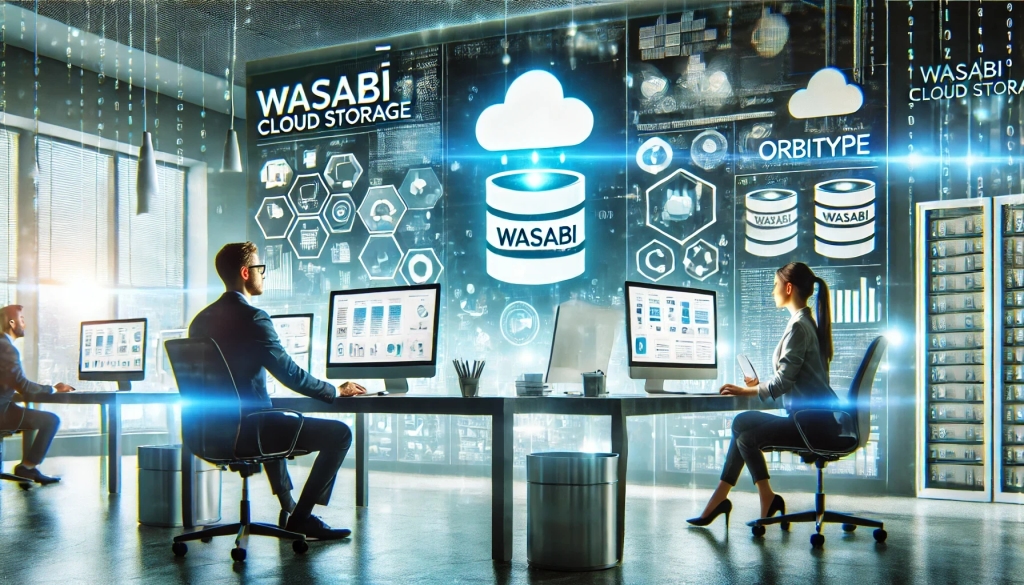
Seamless Data Management: Integrating Wasabi Cloud Storage with Orbitype
Boost your CMS performance with Wasabi Cloud Storage and Orbitype integration. Learn how this cost-effective, scalable solution enhances data management and delivers exceptional results.
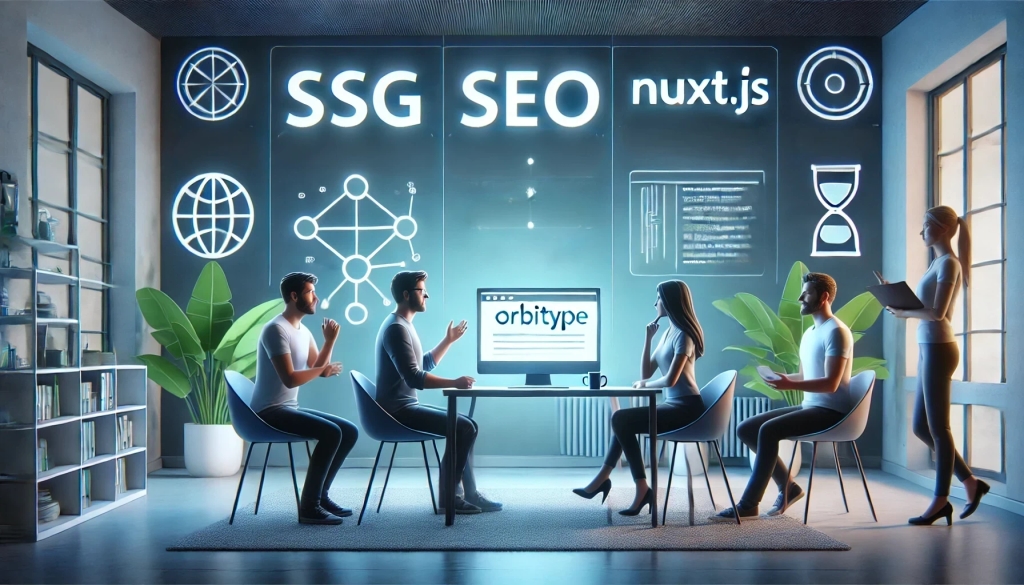
Integrating Orbitype with Nuxt.js for Optimal Performance and SEO
Leveraging Orbitype, a robust headless CMS, with Nuxt.js, a Vue.js framework, provides developers a powerful solution for building fast, SEO-optimized websites. This blog post explores how the integration of Orbitype and Nuxt.js harnesses the benefits of static site generation (SSG) and server-side rendering (SSR), thanks to Orbitype's API-driven content management system.
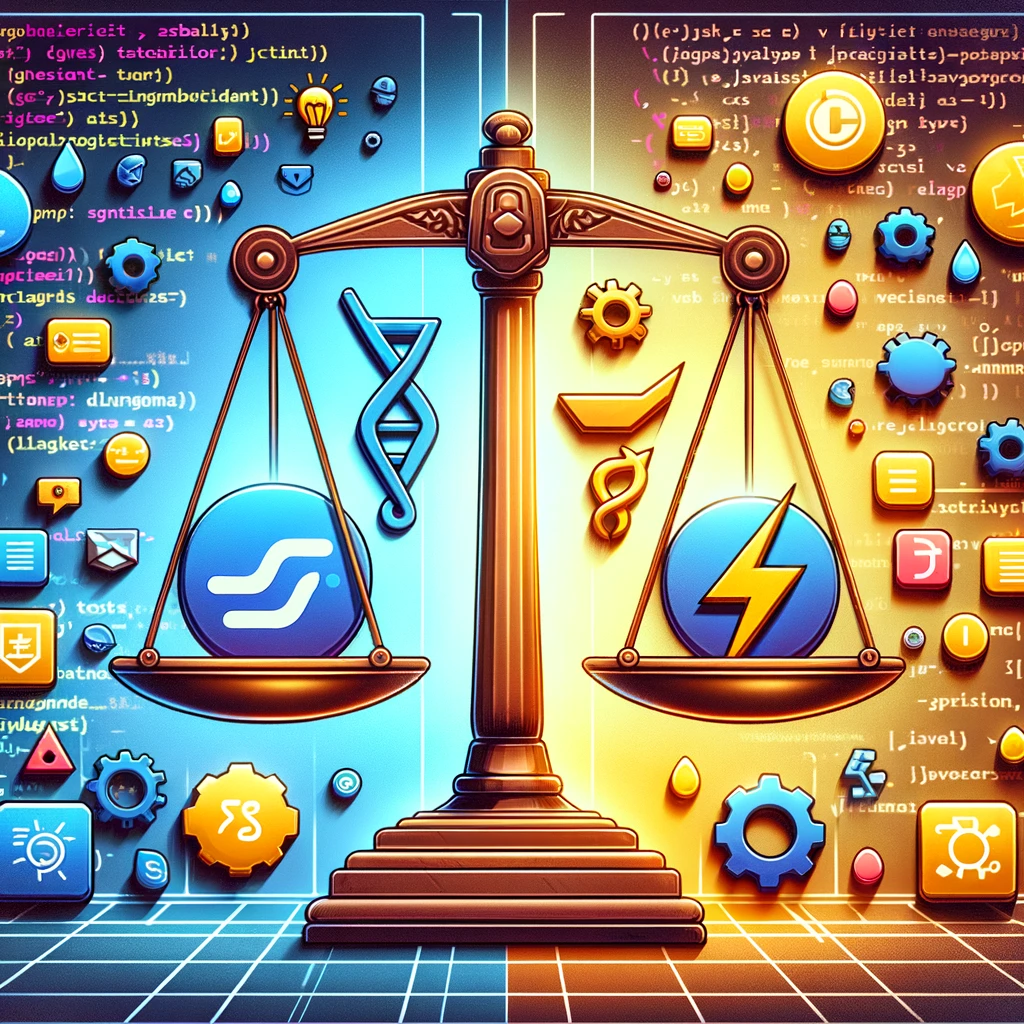
TypeScript vs. JavaScript
Discover the synergy between TypeScript and JavaScript for web development. Learn how Orbitype supports Nuxt CMS, headless CMS for Nuxt, and future-ready digital trends.
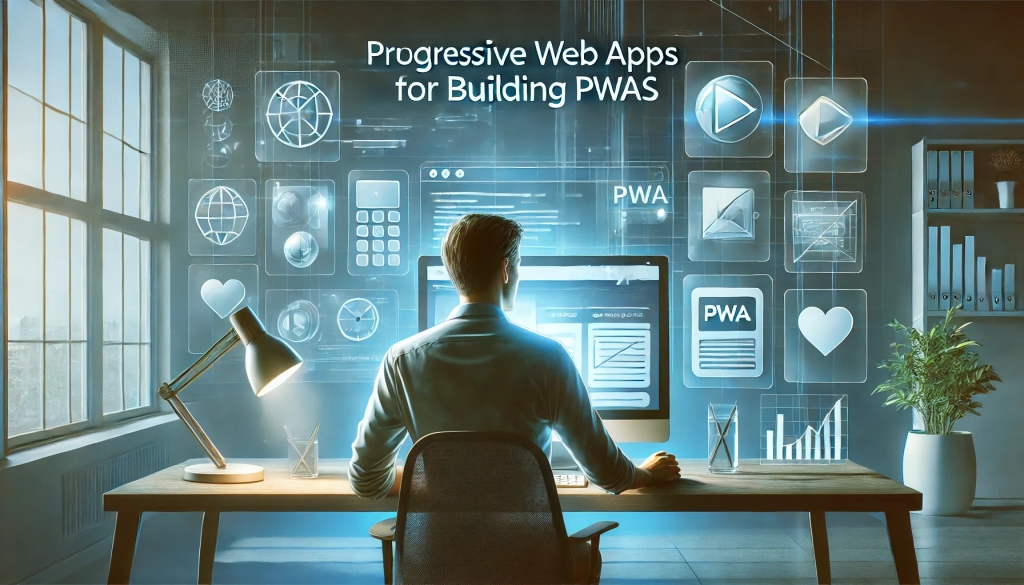
Building Progressive Web Apps (PWAs) with Orbitype
Explore how Orbitype enhances Progressive Web Apps (PWAs) with optimized performance, offline capabilities, and seamless content management for superior user experiences.
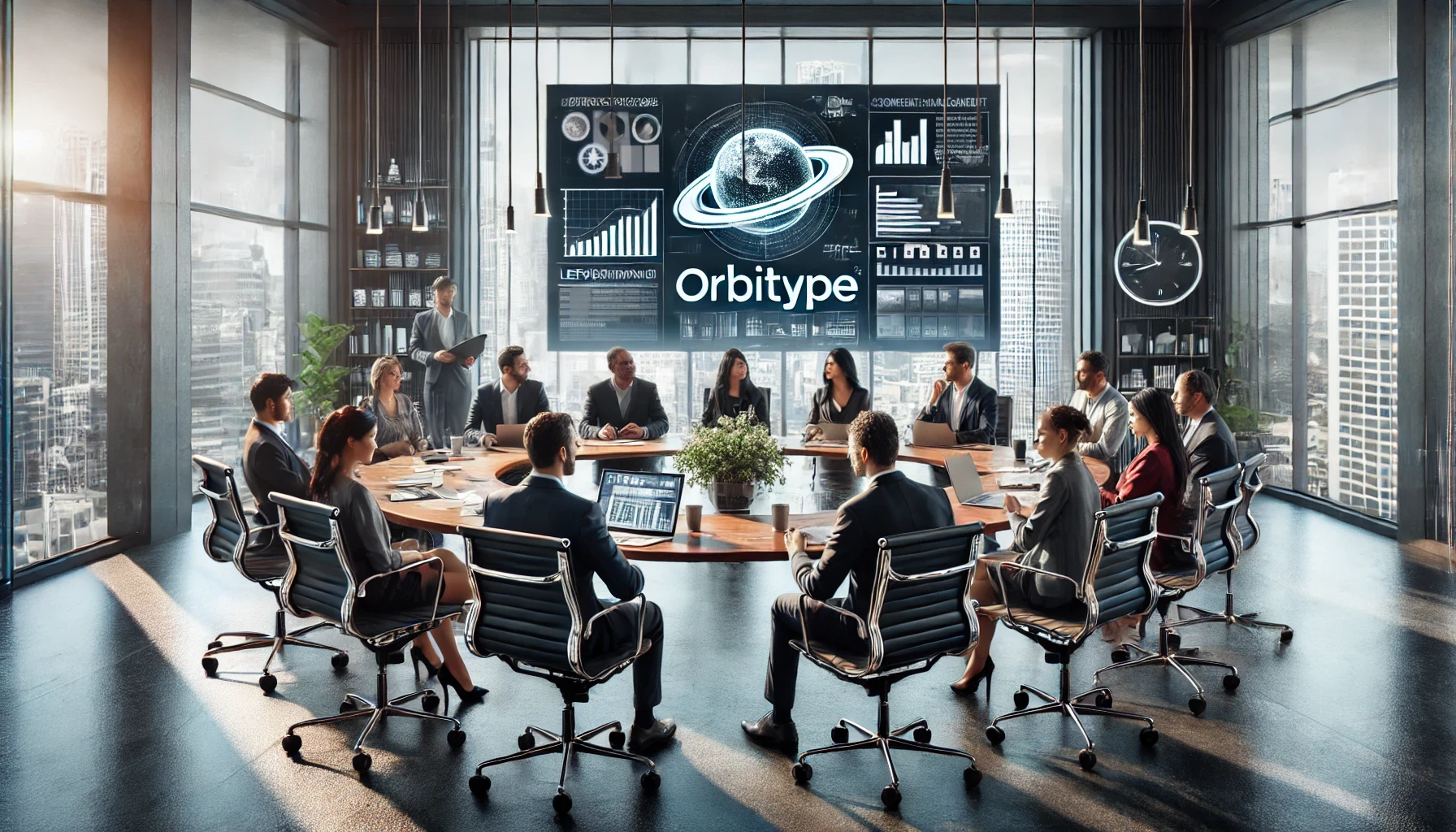
Leveraging Orbitype for Efficient Content Management in E-Commerce
nhance your e-commerce performance with Orbitype CMS. This scalable headless CMS simplifies content management, boosts SEO, and seamlessly integrates with Shopify, WooCommerce, and Magento for dynamic, flexible solutions.

Mastering Third-Party Integrations with a Headless CMS for Efficient Workflows
Streamline workflows and scale your business with seamless third-party integrations using Orbitype's flexible headless CMS—designed for efficiency, automation, and growth.
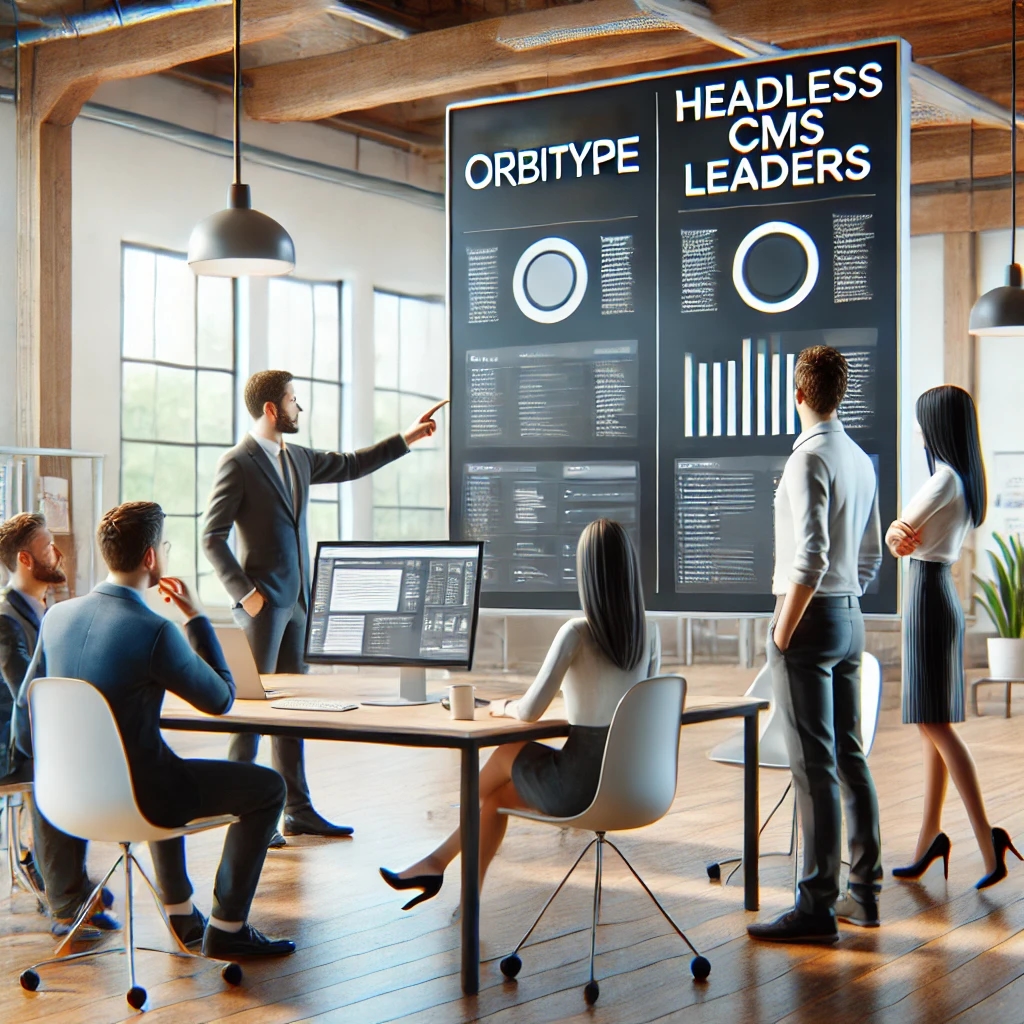
How Orbitype Compares to Headless CMS Leaders in 2025
Struggling to choose the best CMS? Discover how Orbitype compares to headless CMS leaders in 2025, solving complexity and scalability challenges with ease. Try Orbitype!
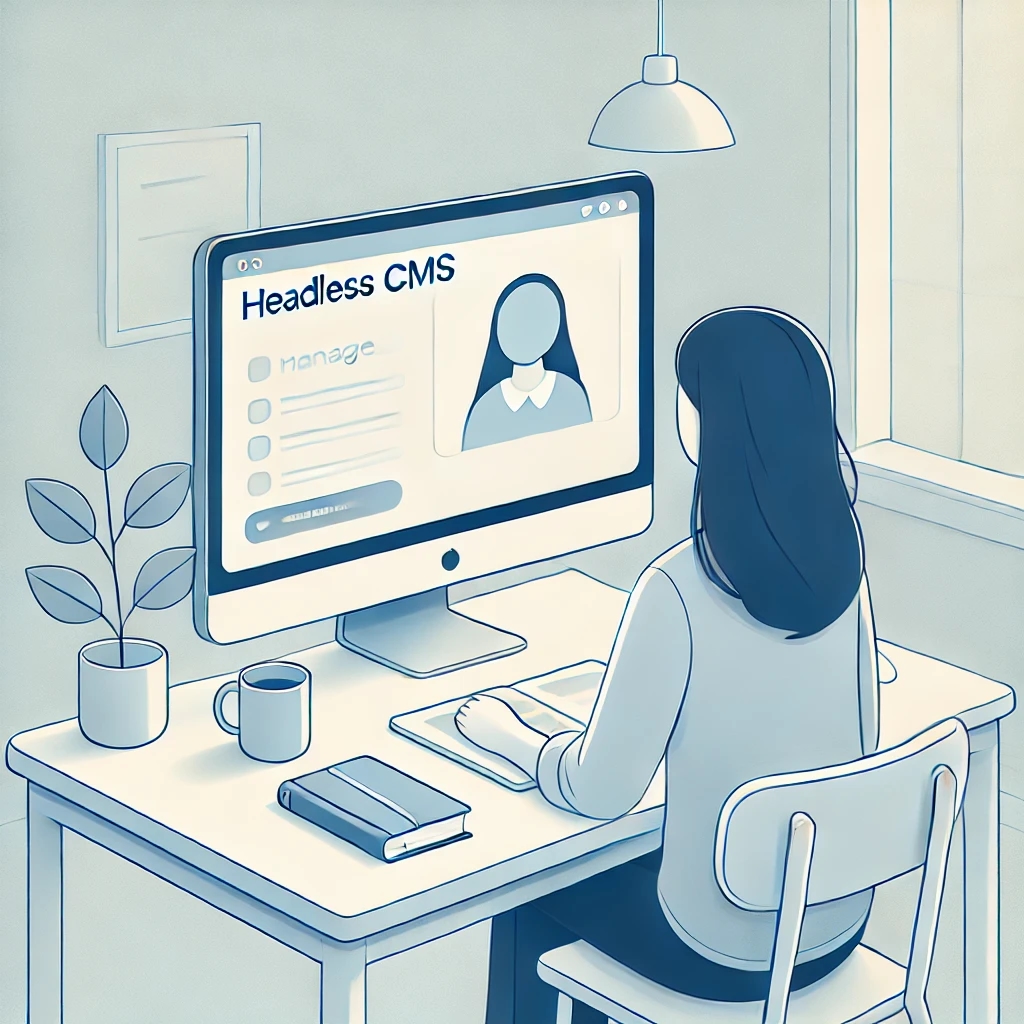
How Educational Institutions Benefit from Headless CMS for Online Learning
Enhance online learning with a Headless CMS. Discover how centralized content management, scalability, and seamless multi-channel access can transform educational platforms.
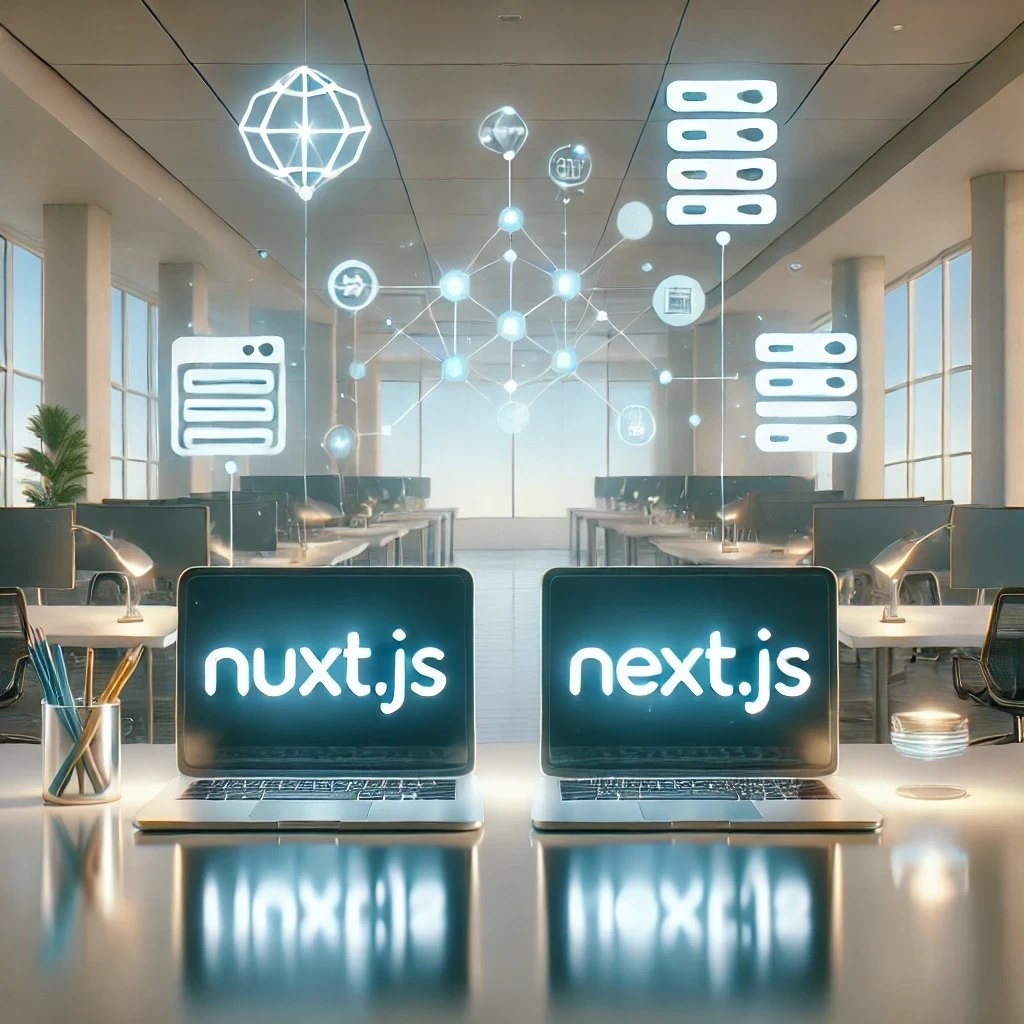
Nuxt vs Next: Which Framework Works Best with Headless CMS?
Compare Nuxt.js and Next.js to find the best frontend framework for your Headless CMS. Discover which offers better performance, scalability, and flexibility for dynamic web projects.
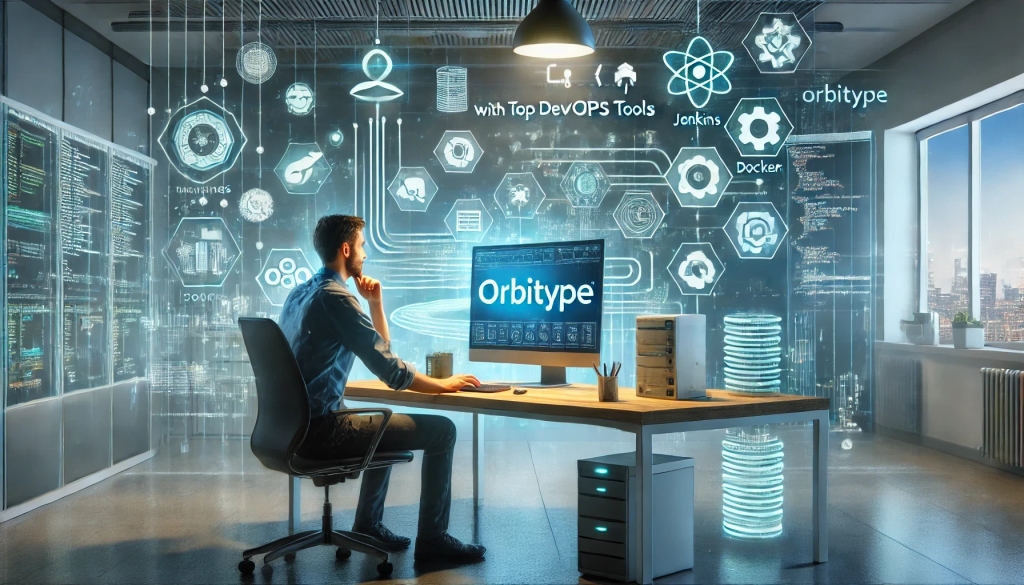
Streamlining Development: Integrating Orbitype with Top DevOps Tools
Discover how to integrate Orbitype with leading DevOps tools like Jenkins, Docker, and Kubernetes. Learn best practices for automating deployments, containerizing Orbitype, and scaling efficiently while streamlining workflows for continuous integration and delivery.
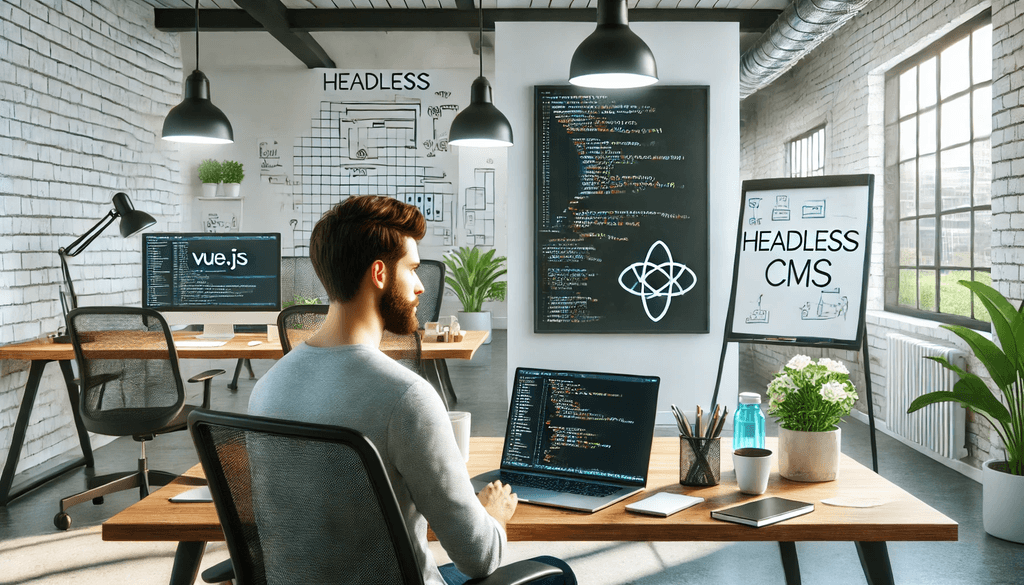
Building High-Performance Vue Apps with a Headless CMS
Discover how to optimize Vue.js apps with a Headless CMS for high performance, scalability, and SEO. Learn best practices and tools for creating dynamic web apps.

SQL or NoSQL: What's Best for Mobile Applications Using Orbitype?
Explore Orbitype, the ultimate headless CMS for React developers, offering seamless content management, enhanced performance, and flexibility to create dynamic web applications with ease. Learn how Orbitype simplifies workflows and boosts productivity.
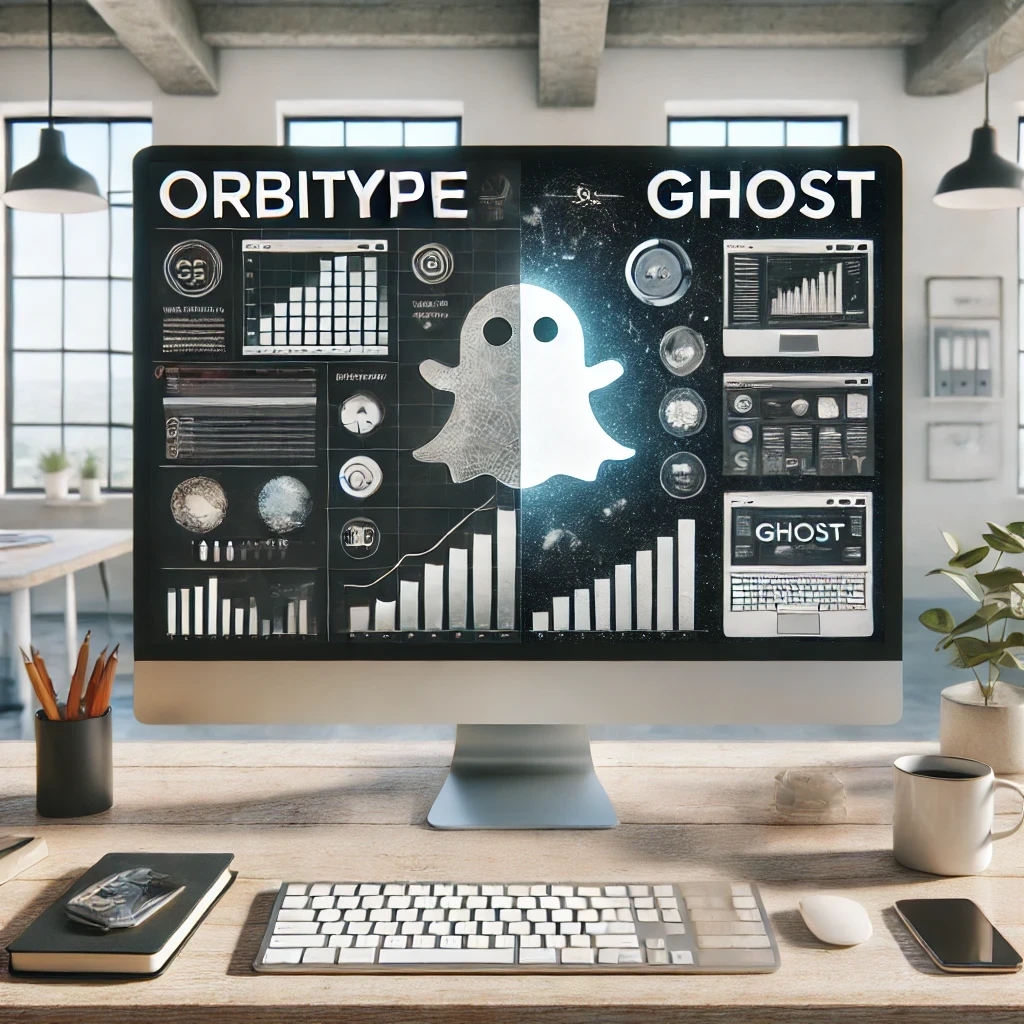
Comparing Orbitype and Ghost: Best CMS for Blogging in 2025
Compare Orbitype and Ghost to find the best CMS for blogging in 2025. Discover which platform suits your goals, from scalability to simplicity and dynamic content
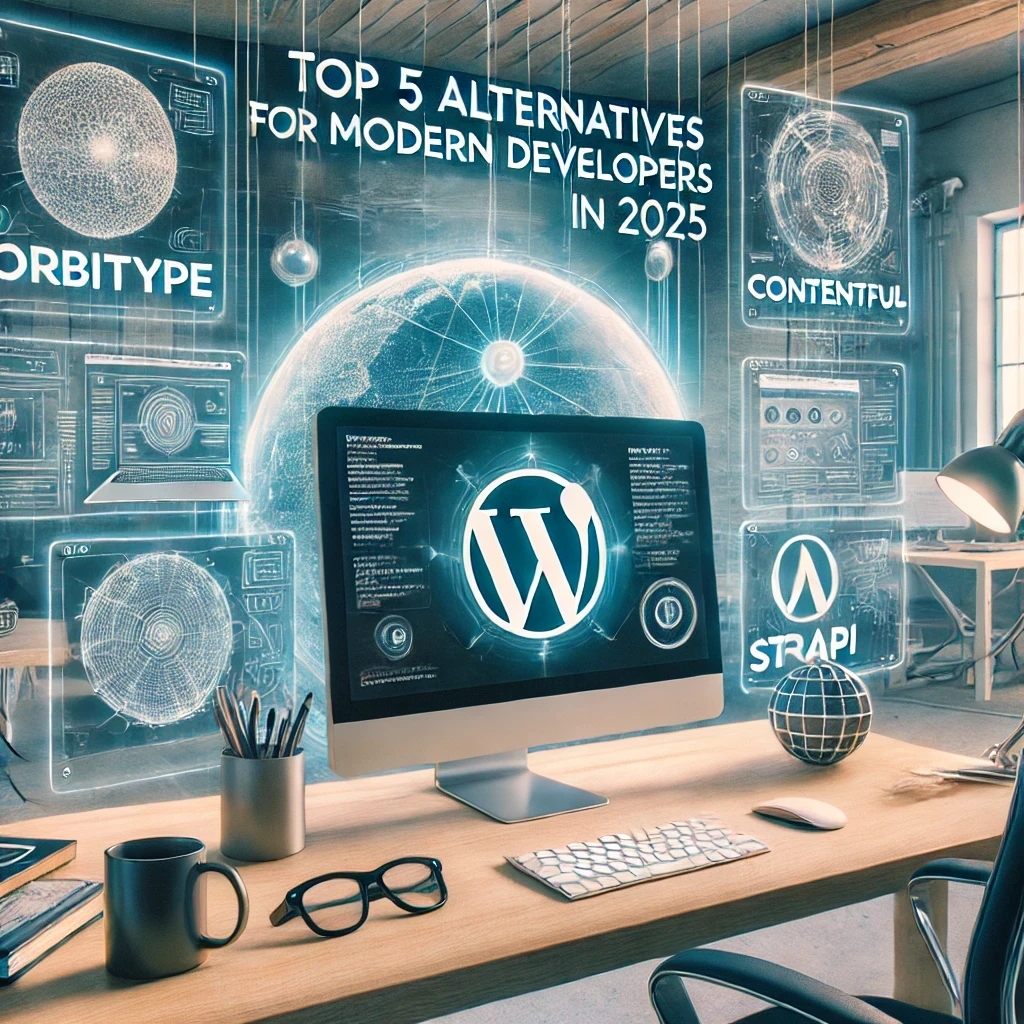
Top 5 Alternatives to WordPress for Modern Developers in 2025
Discover the top WordPress alternatives for 2025, including Orbitype, Contentful, and Strapi. Explore modern CMS platforms offering scalability, flexibility, and cutting-edge tools for developers.

Security and Compliance in Headless CMS: Focus on Orbitype
Explore headless CMS security with Orbitype: advanced authentication, data encryption, and compliance with GDPR & CCPA. Learn best practices for secure CMS operations.
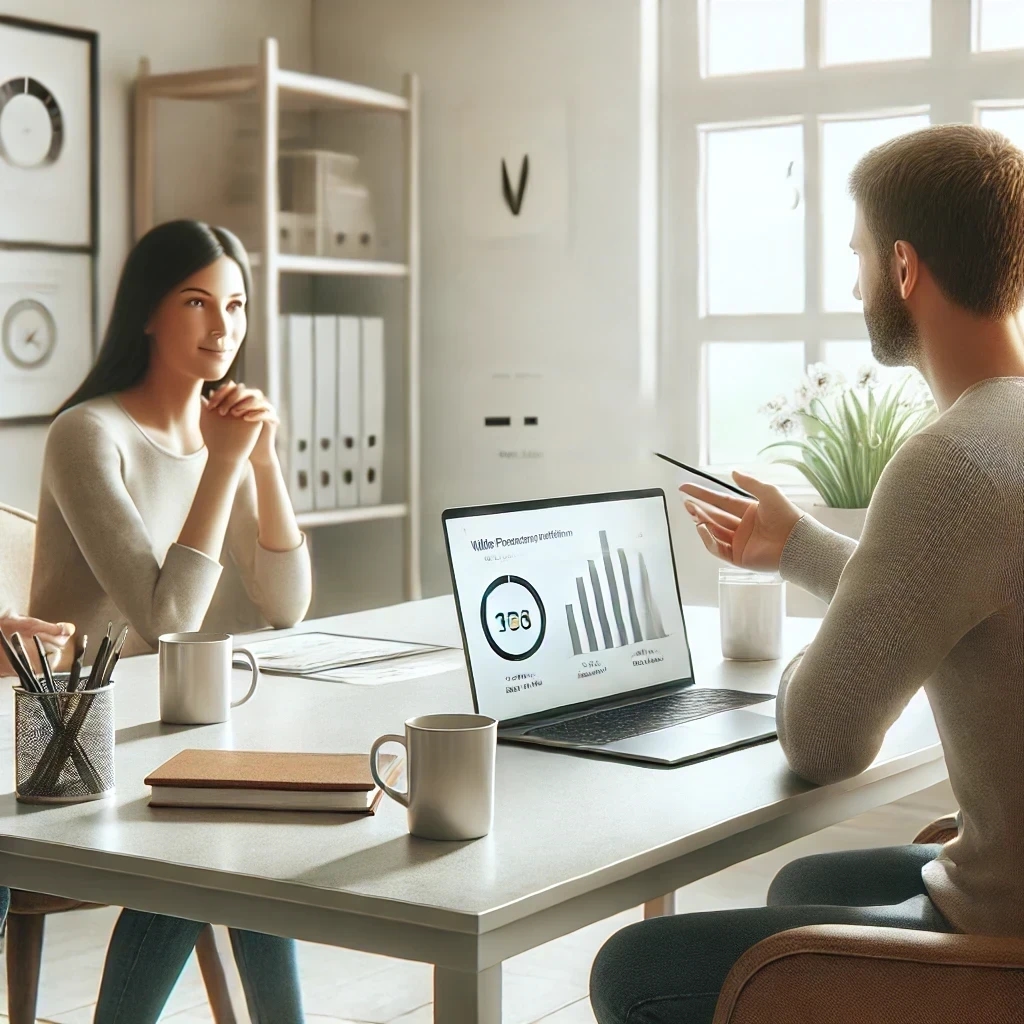
10 Tips for Optimizing Core Web Vitals in Headless CMS Websites
Discover 10 actionable tips to optimize Core Web Vitals for Headless CMS websites. Improve performance, SEO, and user experience with these essential strategies.
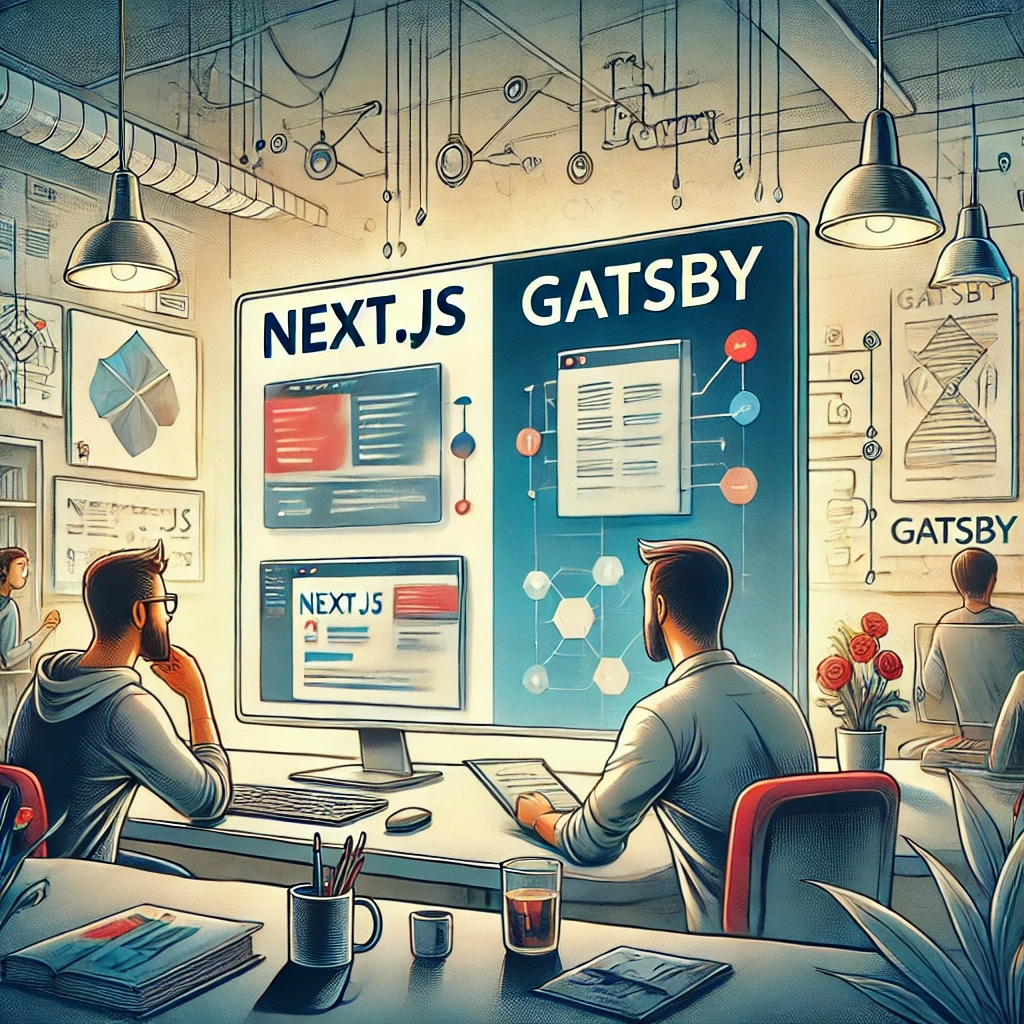
Next.js vs Gatsby: Which Works Best With a Headless CMS?
Choosing between Next.js and Gatsby can be challenging when working with a Headless CMS. This guide breaks down their strengths and helps you decide which framework works best for your dynamic or static content needs.

CMS for Vue.Js - Orbitype Headless CMS
Explore Orbitype, the best Headless CMS for Vue.js, offering seamless API integration, dynamic content management, and unmatched performance for interactive front-end development.
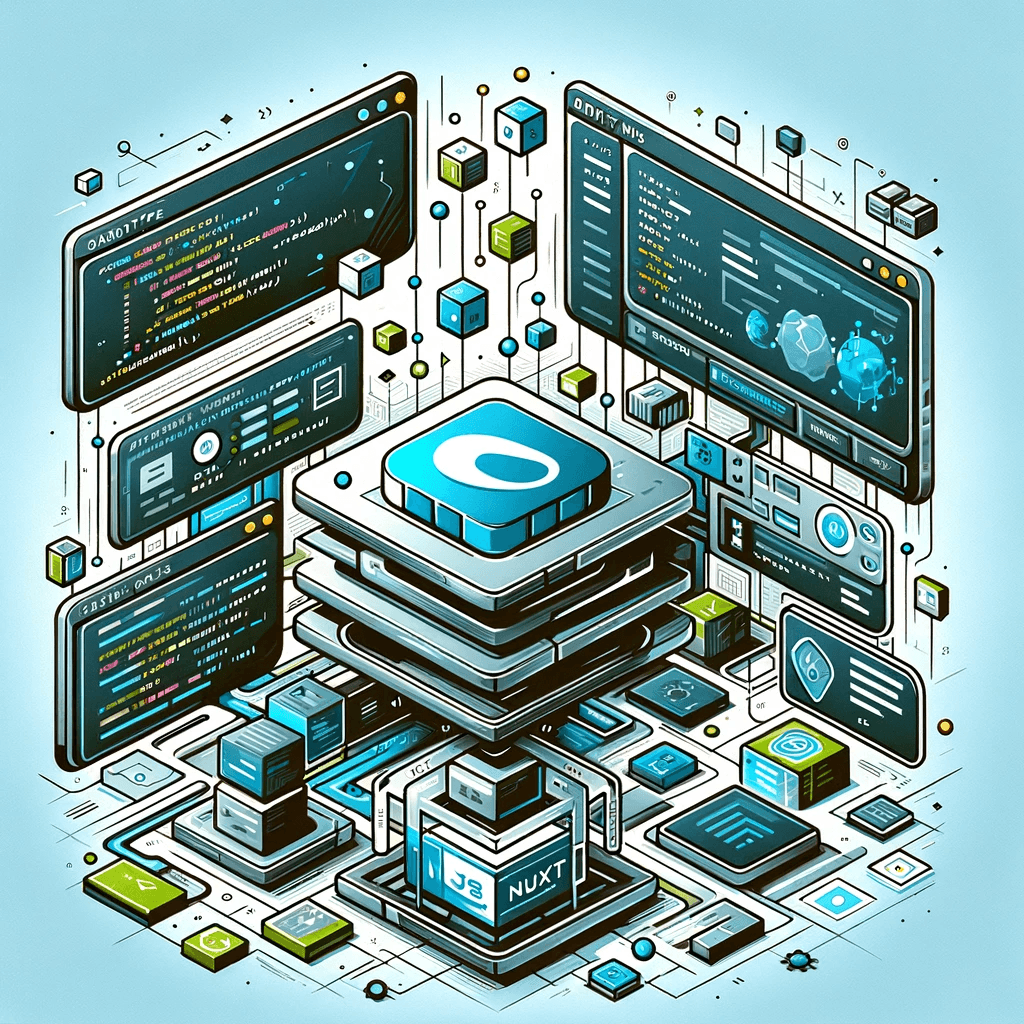
CMS for Nuxt - Orbitype Headless CMS
Optimize your Nuxt.js projects with Orbitype, the API-first Headless CMS offering scalable content management, multimedia repositories, and enhanced SEO for modern web applications.
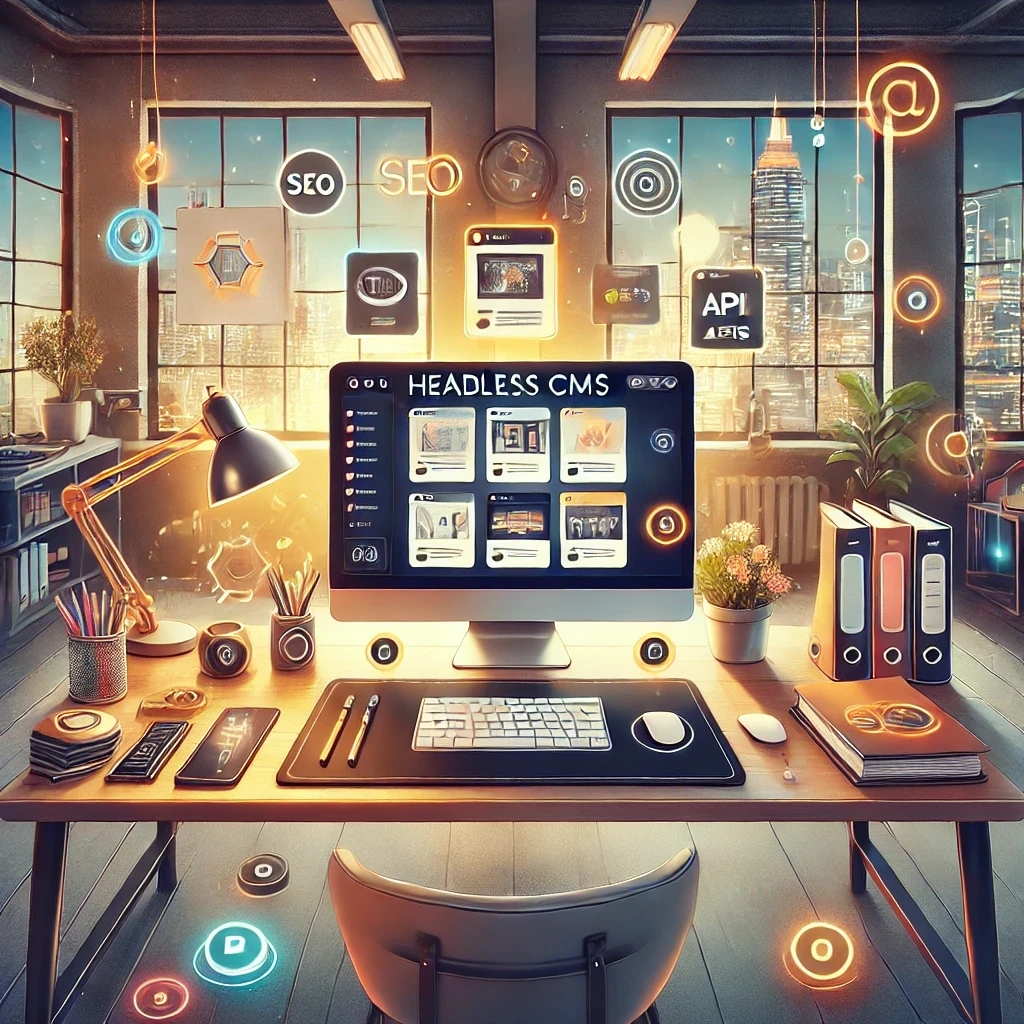
Best Headless CMS Solutions for Portfolio and Personal Websites
Showcase your work with ease using Orbitype—the ultimate Headless CMS for portfolio and personal websites. Enjoy seamless integration, powerful customization, and SEO-friendly features designed for creators and developers.
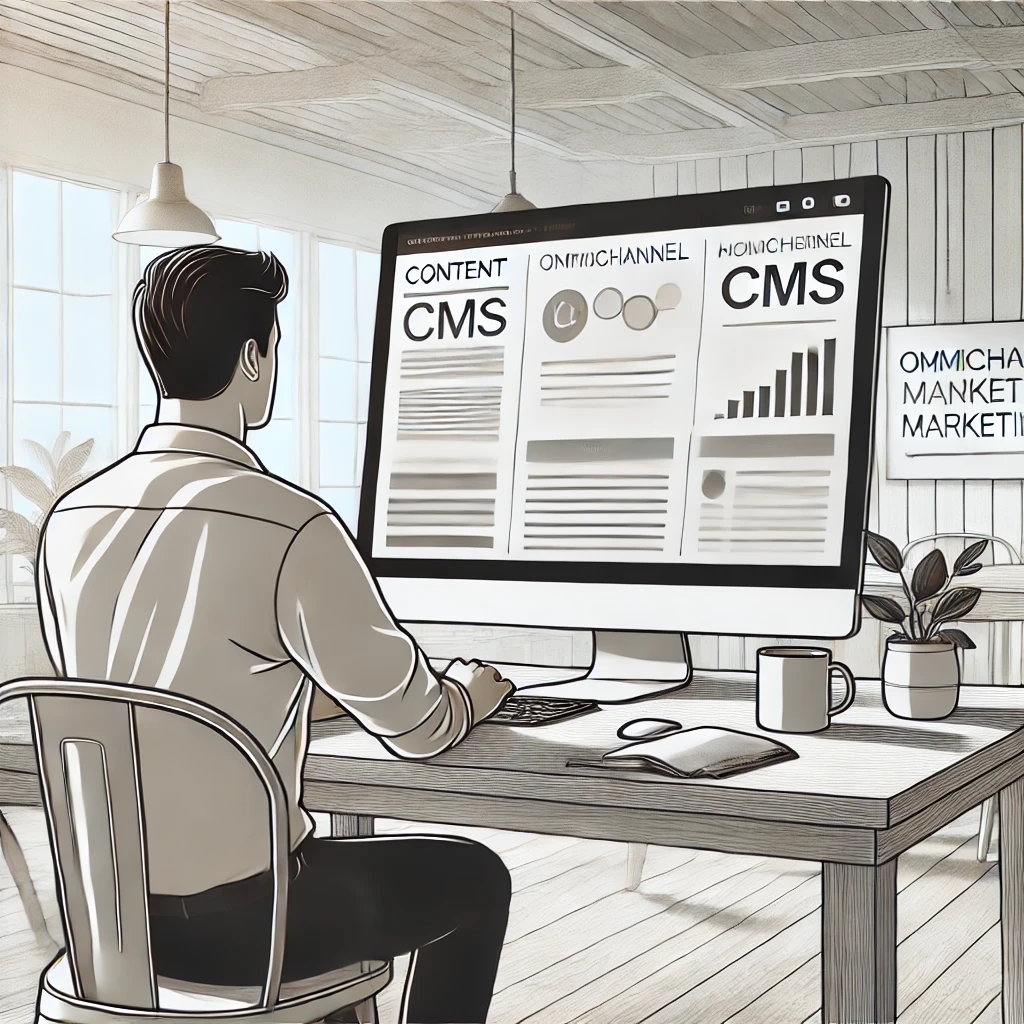
How Headless CMS Empowers Omnichannel Marketing Strategies
Boost your omnichannel marketing strategy with a Headless CMS. Centralize content management, deliver personalized customer experiences, and ensure consistency across platforms.
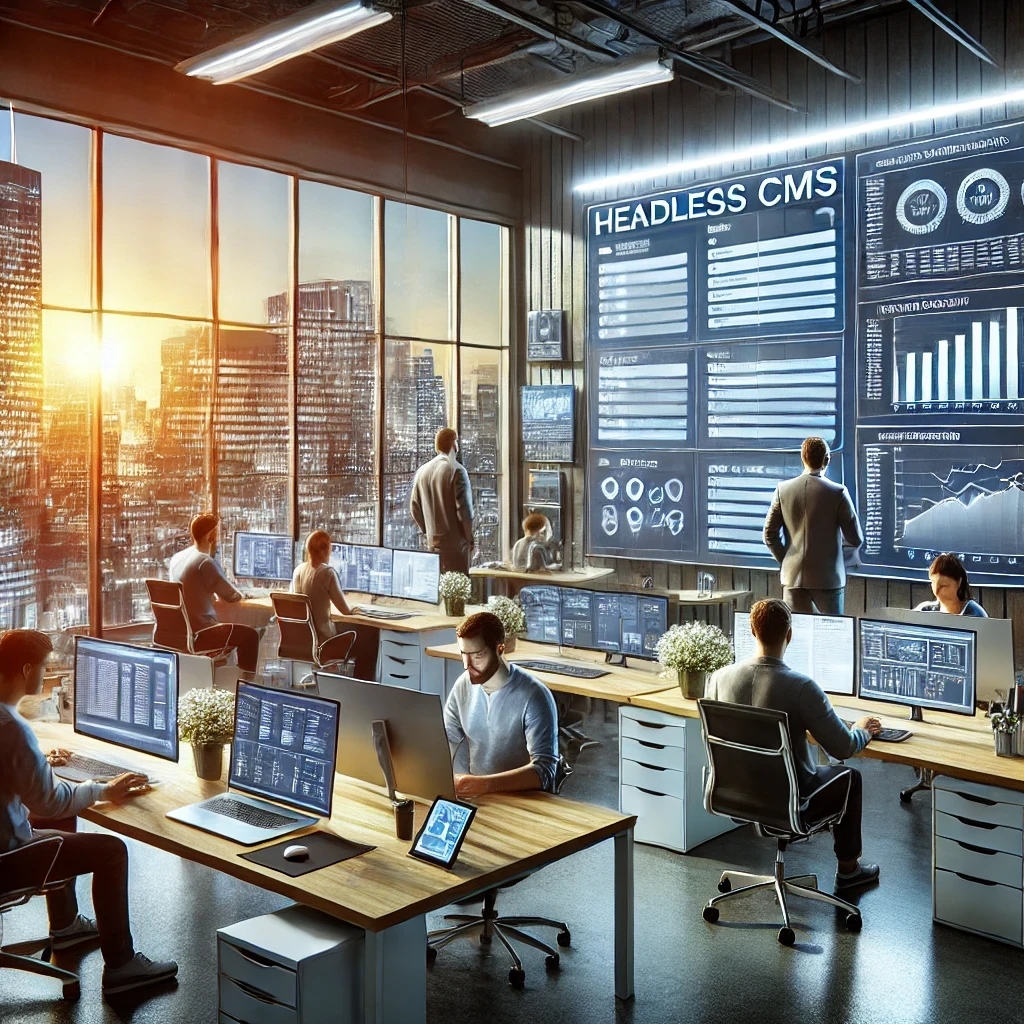
How to Scale Your Website with a Headless CMS for High Traffic
Scale your website effortlessly with a headless CMS like Orbitype—achieve faster load times, seamless scalability, and reliable performance during high-traffic surges
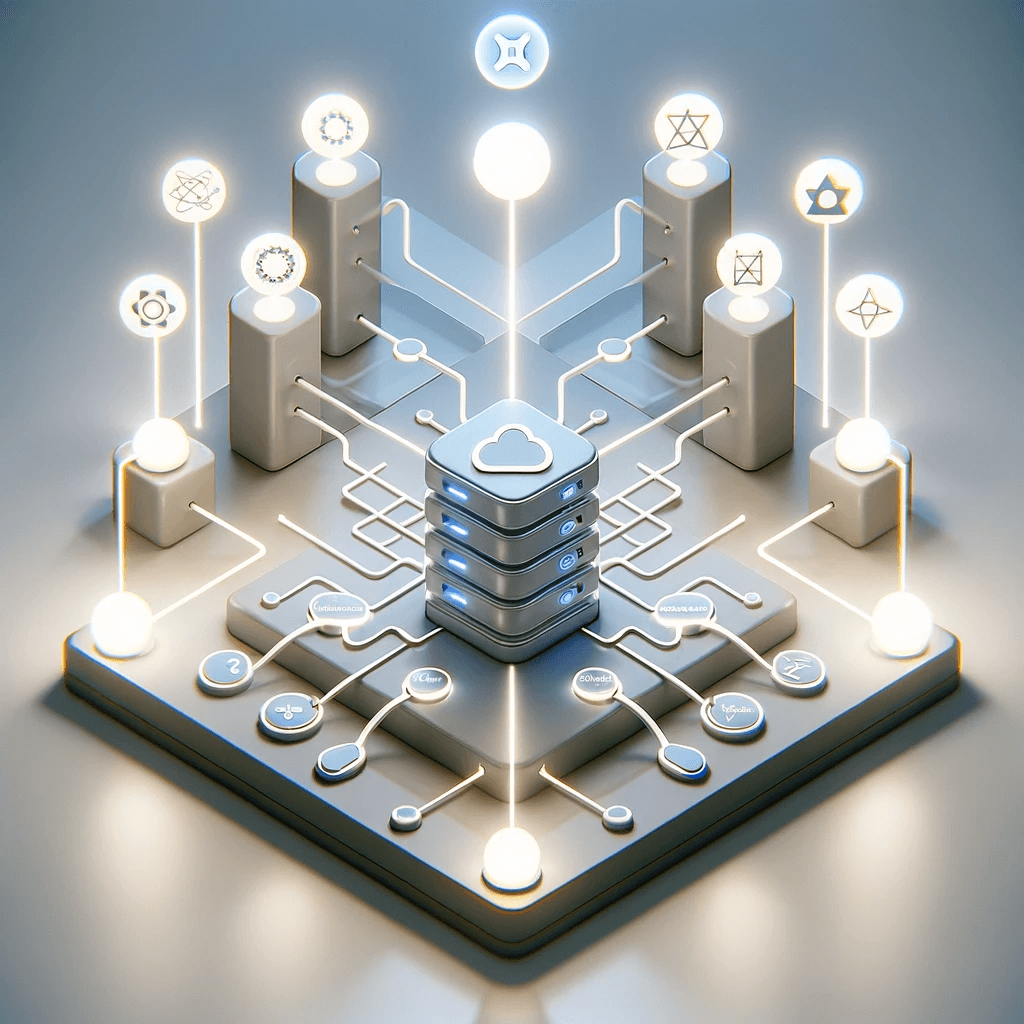
CMS for React - Orbitype Headless CMS
Orbitype is the ideal CMS for React developers, combining seamless API integration, flexible content management, and scalability to create fast, dynamic, and customizable web applications effortlessly.
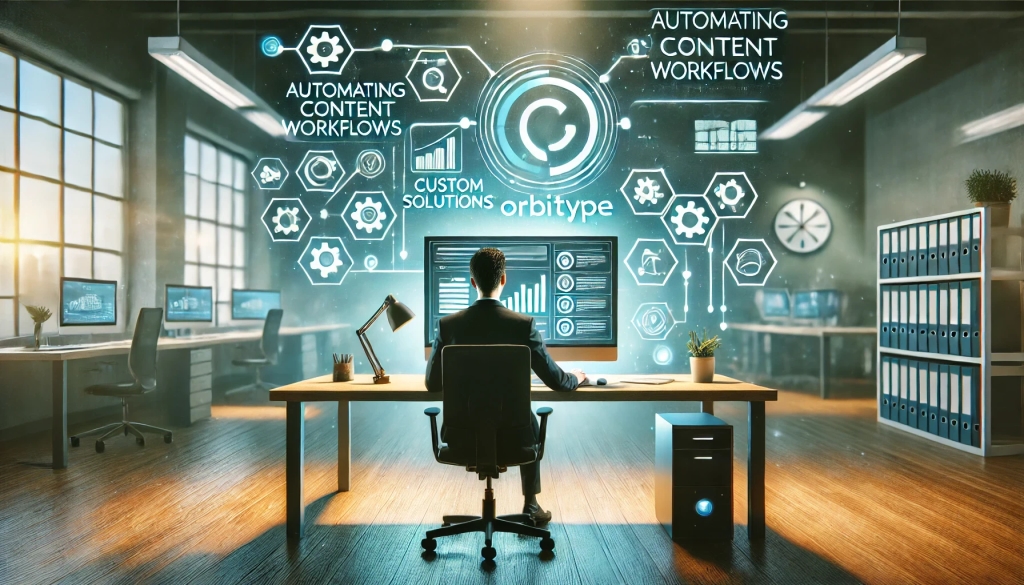
Automating Content Workflows with Orbitype’s Custom Solutions
Discover how Orbitype's custom CRM and ERP solutions revolutionize content workflows. Automate processes, reduce manual tasks, and improve productivity for software development agencies with tailored tools for seamless collaboration and efficiency.